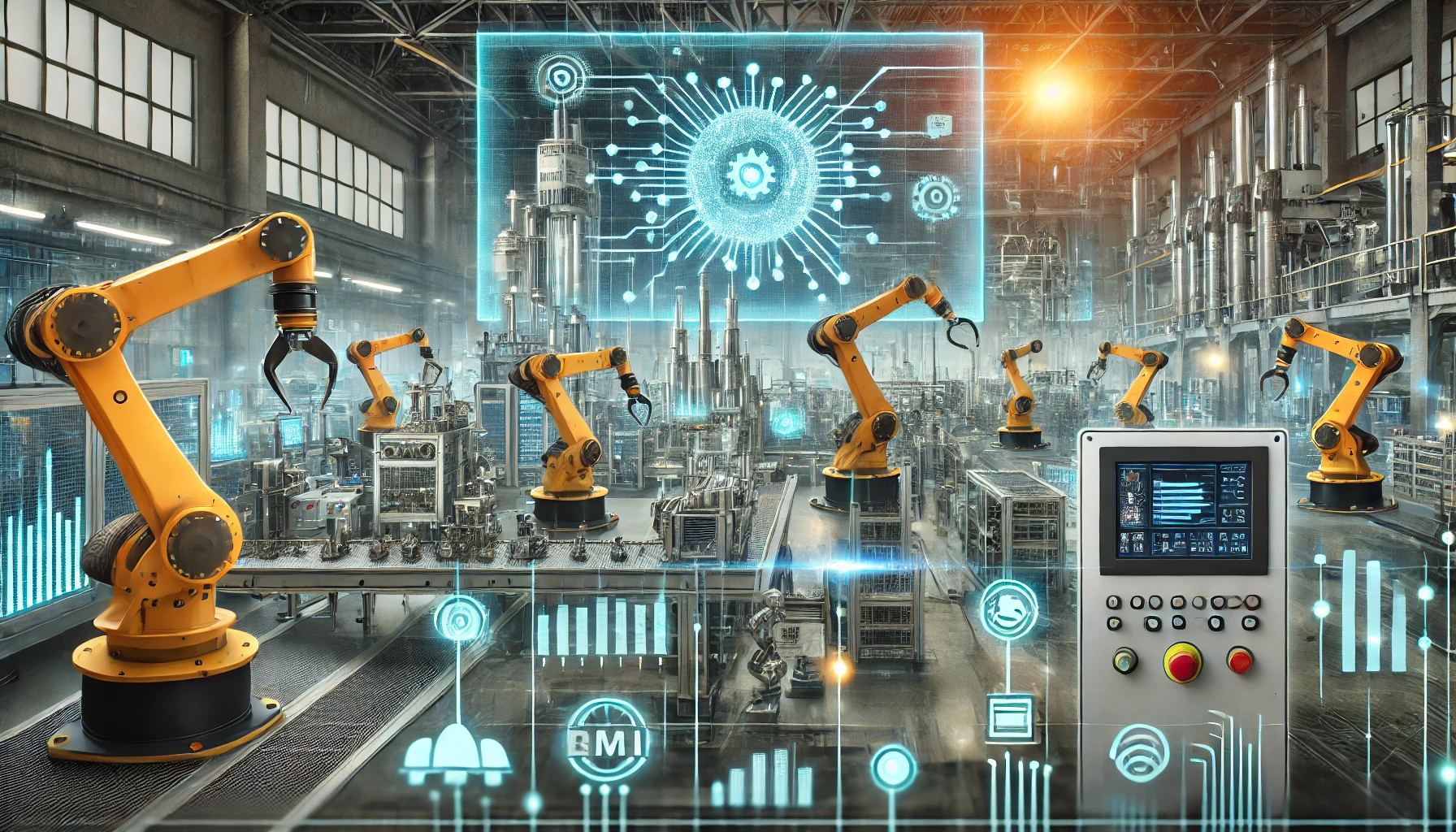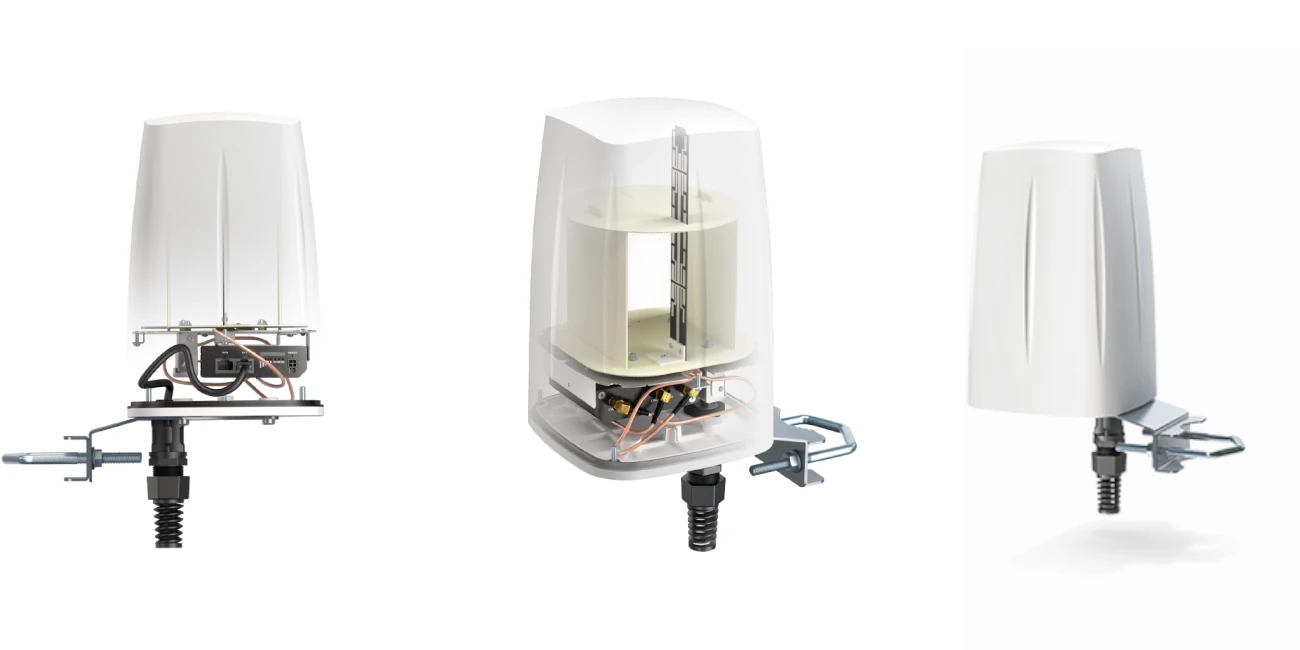Industrial Automation: Revolutionizing Modern Manufacturing
Industrial automation refers to the use of control systems, such as computers or robots, and information technologies for handling different processes and machinery in an industry to replace human intervention. This technology is integral to modern manufacturing and is rapidly transforming the industrial landscape, enhancing productivity, accuracy, and safety while reducing labor costs and human error.
The Evolution of Industrial Automation
The roots of industrial automation can be traced back to the early 20th century with the introduction of simple machines designed to handle repetitive tasks. Over time, automation has evolved, influenced by technological advancements in electronics, computing, and communication. The First Industrial Revolution gave birth to mechanical automation powered by steam engines, while the Second Industrial Revolution saw the rise of electrical automation, including the development of the assembly line.
However, the true era of industrial automation began with the Third Industrial Revolution, which introduced programmable logic controllers (PLCs), advanced robotics, and computer numerical control (CNC) machines. Today, we are in the midst of the Fourth Industrial Revolution, often referred to as Industry 4.0, where intelligent systems, artificial intelligence (AI), and the Internet of Things (IoT) are interconnected to create fully automated, self-regulating manufacturing environments.
Key Components of Industrial Automation
Modern industrial automation is driven by a complex network of technologies and systems that work together to ensure seamless operations. Some of the key components include:
- Programmable Logic Controllers (PLCs): These are specialized computers used to control machinery. PLCs are highly reliable and are designed for real-time processing. They form the backbone of most automated systems, controlling everything from conveyor belts to entire production lines.
- Robotics: Robots are used extensively in industrial automation to perform tasks such as welding, painting, assembling, and packaging. Industrial robots are capable of working with extreme precision and can operate continuously without fatigue, leading to increased efficiency and lower error rates.
- Sensors and Actuators: Sensors are used to gather data from the environment, such as temperature, pressure, or proximity, and send this data to controllers for analysis. Actuators then take actions based on the controller’s instructions, such as turning on a motor or opening a valve.
- Human-Machine Interfaces (HMI): HMIs provide operators with a visual representation of the automated system’s performance, allowing them to monitor and, if necessary, control the process. These interfaces have evolved to be highly intuitive, with touchscreens, real-time data analysis, and even virtual reality (VR) capabilities in some advanced systems.
- Supervisory Control and Data Acquisition (SCADA) Systems: SCADA is a control system architecture that uses computers, networked data communications, and graphical user interfaces to monitor and control industrial processes. SCADA systems are essential for industries like oil and gas, manufacturing, and utilities, where real-time data collection and process control are critical.
- Artificial Intelligence (AI) and Machine Learning (ML): AI and ML are increasingly being integrated into industrial automation systems to enable predictive maintenance, optimize production processes, and enhance decision-making. These technologies can process vast amounts of data to identify patterns, improve efficiency, and reduce downtime.
Benefits of Industrial Automation
The adoption of industrial automation offers numerous benefits that are transforming the manufacturing landscape:
- Increased Productivity: Automated systems can operate 24/7, leading to significantly higher output compared to human-operated processes. Robots and machines are also capable of performing tasks faster and more accurately than human workers.
- Improved Quality Control: Automation minimizes human error, ensuring more consistent and precise manufacturing. Automated systems can be programmed to adhere to strict tolerances and can also perform real-time quality inspections, detecting defects early in the production process.
- Cost Reduction: While the initial investment in automation technology can be high, the long-term cost savings are substantial. Automation reduces labor costs, minimizes waste, and extends the operational life of equipment through predictive maintenance.
- Enhanced Safety: Automated systems can handle hazardous tasks, such as working with toxic chemicals or operating heavy machinery, reducing the risk of workplace accidents and injuries.
- Scalability and Flexibility: Industrial automation allows manufacturers to scale their operations more easily. Production lines can be reprogrammed or reconfigured to produce different products, enabling greater flexibility in responding to market demands.
- Data-Driven Decision Making: Automated systems collect vast amounts of data, which can be analyzed to improve efficiency, reduce downtime, and optimize processes. This real-time data enables better decision-making and enhances the ability to respond quickly to any issues.
Challenges and Considerations
While industrial automation offers significant advantages, it also presents challenges that must be carefully managed:
- High Initial Investment: The cost of implementing automation technologies can be prohibitive for small and medium-sized enterprises (SMEs). However, the long-term benefits often justify the investment.
- Workforce Displacement: Automation has the potential to displace workers, particularly in roles that involve repetitive or manual tasks. This raises concerns about job loss and the need for reskilling workers to adapt to more technology-driven roles.
- Cybersecurity Risks: As industrial automation systems become more interconnected, they also become more vulnerable to cyberattacks. Ensuring the security of these systems is crucial to prevent operational disruptions or data theft.
- Complexity and Maintenance: Automated systems are complex and require regular maintenance to ensure they operate efficiently. Skilled personnel are needed to manage, troubleshoot, and update these systems as necessary.
The Future of Industrial Automation
As we look to the future, industrial automation will continue to evolve, driven by advancements in AI, robotics, and IoT. Factories of the future, often referred to as “smart factories,” will be highly adaptive, capable of self-optimizing their operations in real-time based on data from connected devices and systems. These factories will not only produce goods more efficiently but will also be able to customize products on-demand, reducing waste and meeting the needs of an increasingly personalized consumer market.
The integration of 5G technology will further enhance industrial automation by providing faster, more reliable communication between devices, enabling real-time monitoring and control of manufacturing processes.




